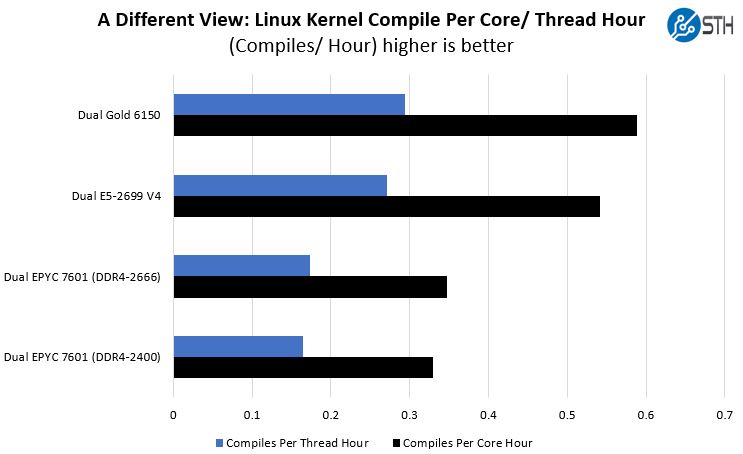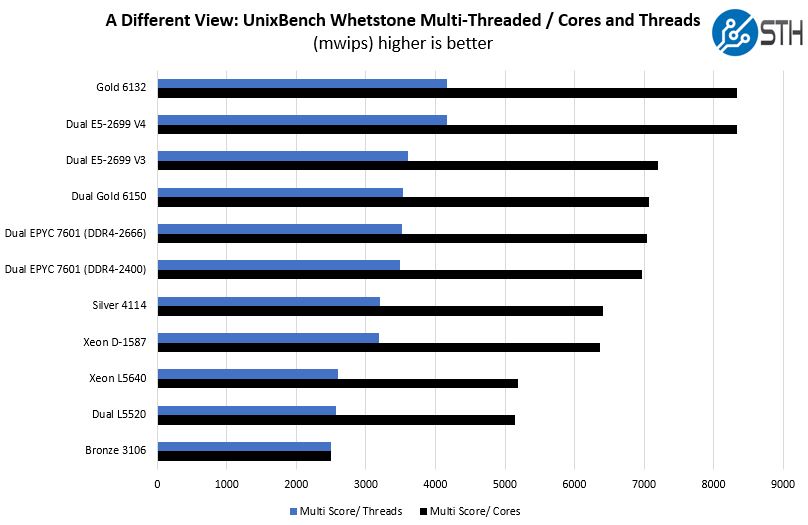goldstone77
Distinguished
juanrga :
jaymc :
AMD turned a $25 million operating profit in Q2 2017
https://venturebeat.com/2017/07/25/amd-posts-a-small-q2-loss-despite-its-most-competitive-chips-in-a-decade/
Juan from the same link you posted
“AMD blew away actuals for Q3 and raised expectations for the future,” said Patrick Moorhead, analyst at Moor Insights & Strategy, in an email to VentureBeat. “This came primarily on the back of the first full quarter of Ryzen desktop sales and also on some graphics improvements. AMD has a lot to look forward to as none of their actuals incorporates sales of Epyc server parts, only limited sales of the new Radeon Vega and none of the Ryzen notebook parts. Positive operating profit was icing on the cake and was expected.”





